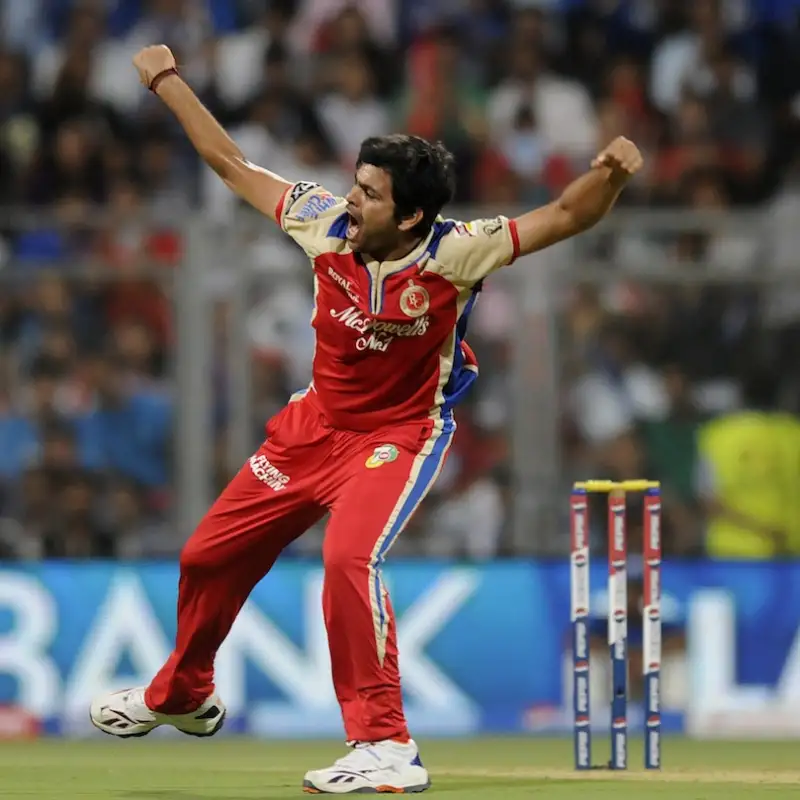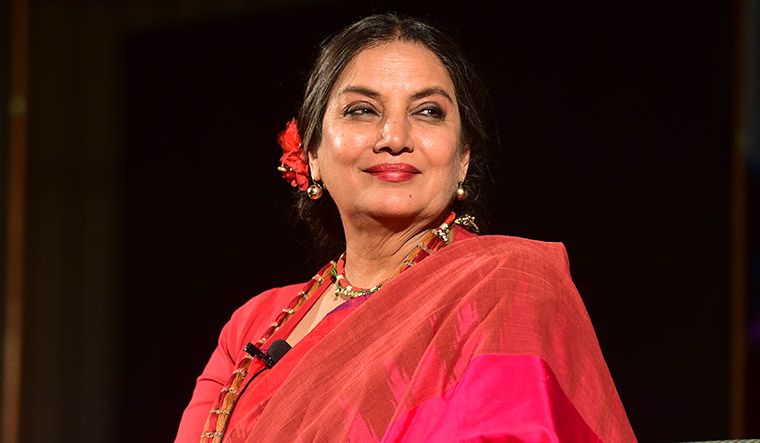RP Singh: The Rise, Achievements, and Legacy of India’s Swing Bowling Specialist
Rudra Pratap Singh, popularly known as RP Singh, was one of India’s most promising left-arm fast bowlers. Known for his ability to swing the ball both ways and his knack for making breakthroughs in crucial moments, RP Singh became a vital part of India’s bowling lineup in the mid-2000s. His career, though short-lived at the international level, showcased the significance of swing bowling in Indian cricket. RP Singh’s contributions to memorable series wins and his performances in tournaments like the ICC T20 World Cup in 2007 have left an enduring mark on Indian cricket.
In this article, we explore RP Singh’s early life, his journey in international cricket, achievements, challenges, and his legacy as one of India’s reliable left-arm pacers.
RP Singh Early Life and Background
Childhood and Introduction to Cricket
RP Singh was born on December 6, 1985, in Raebareli, Uttar Pradesh. Growing up in a small town, RP Singh developed an interest in cricket from an early age. He often played cricket with friends in his neighborhood, and his natural talent as a bowler became evident to those around him. Encouraged by his family and local coaches, RP joined a cricket academy in Lucknow, where he received formal training in the sport.
His journey from a small-town boy to an international cricketer was fueled by his determination and love for the game. He quickly became known for his ability to swing the ball, a skill that distinguished him from other young pacers. His coaches recognized his potential and encouraged him to focus on left-arm swing bowling, which was relatively rare in Indian cricket at the time.
Climbing the Ranks in Domestic Cricket
RP Singh’s entry into domestic cricket came when he represented Uttar Pradesh in age-group tournaments. His performance in junior cricket was impressive, and he soon made his debut for Uttar Pradesh in the Ranji Trophy, India’s premier domestic cricket tournament. Singh’s consistent performances in domestic cricket, particularly in the Ranji Trophy and Duleep Trophy, showcased his ability to bowl accurately and swing the ball under different conditions.
In the 2004-05 Ranji Trophy season, RP Singh played a crucial role in Uttar Pradesh’s success, helping them reach the finals and ultimately lifting the trophy. His impressive domestic performances caught the attention of the national selectors, and he was soon given an opportunity to represent India at the international level.
RP Singh International Debut and Early Success
ODI Debut in 2005

RP Singh made his One Day International (ODI) debut for India on September 4, 2005, against Zimbabwe in Harare. He made an immediate impact, taking two wickets in his debut match. His ability to swing the ball and his accuracy earned him praise from both fans and selectors. Singh’s performance in his debut series highlighted his potential as a left-arm pacer, and he quickly became a regular feature in India’s limited-overs squad.
Following his impressive ODI debut, RP Singh’s stock continued to rise as he consistently delivered match-winning performances. His ability to strike early and provide India with crucial breakthroughs in the powerplay overs made him a valuable asset in white-ball cricket.
Test Debut and Success in Test Cricket
RP Singh made his Test debut on January 21, 2006, against Pakistan in Faisalabad. In his debut match, he picked up four wickets, showcasing his potential in the longer format as well. His swing bowling, combined with his pace and accuracy, made him a potent threat, especially on subcontinental pitches where he could exploit any hint of movement.
RP Singh’s Test performances further solidified his reputation as a promising left-arm pacer. His best performance came in the 2007-08 Test series against Australia, where he played a crucial role in India’s historic victory at Perth, one of the fastest pitches in the world. His ability to swing the ball and maintain consistent line and length helped him thrive in challenging conditions, proving his mettle as a Test bowler.
RP Singh Key Performances and Memorable Series
2007 ICC T20 World Cup Heroics
One of the defining moments of RP Singh’s career was his performance in the inaugural ICC T20 World Cup in 2007. The tournament, held in South Africa, saw India’s young team emerge as champions under the leadership of MS Dhoni. RP Singh played an instrumental role in India’s success, taking 12 wickets in the tournament, finishing as one of the highest wicket-takers.
RP Singh’s performance in the final against Pakistan was particularly memorable. He took three crucial wickets, helping India restrict Pakistan and secure a narrow victory to lift the T20 World Cup trophy. His ability to bowl effectively in the powerplay overs and at the death made him one of India’s most valuable bowlers in the tournament. His performance in the T20 World Cup showcased his ability to handle pressure and deliver in high-stakes matches, earning him widespread acclaim.
2007-08 Test Series Against Australia
The 2007-08 Test series against Australia was another milestone in RP Singh’s career. Known for its intense competition and fiery exchanges, the series saw India face off against a dominant Australian team. RP Singh played a crucial role in India’s victory in the Perth Test, taking four wickets in the first innings and contributing to one of India’s most celebrated overseas wins.
His ability to generate swing on the fast and bouncy Perth pitch showcased his adaptability and skill. RP Singh’s performance in the series demonstrated his effectiveness as a bowler who could excel even on pitches that traditionally favored fast bowlers. His success in Australia was one of the highlights of his career and cemented his status as a talented left-arm pacer.
Challenges and Decline in Form
Struggling with Consistency

Despite his early successes, RP Singh’s career faced challenges as he struggled with consistency. Swing bowling, while effective in favorable conditions, required accuracy and control, which became difficult for Singh to maintain over time. His performances became inconsistent, and he occasionally struggled with injuries, which hampered his rhythm and effectiveness.
The rise of other young pacers, such as Ishant Sharma and Umesh Yadav, added to the competition for spots in the Indian team. RP Singh found it difficult to secure a permanent place in the squad, particularly as the team’s focus shifted toward developing a stronger fast-bowling lineup for overseas tours.
Last-Minute Call-up for England Series in 2011
One of the unusual moments in RP Singh’s career came in 2011, when he was called up as a last-minute replacement for the Indian team during their tour of England. After a gap from international cricket, RP Singh was brought back into the Test team, but he struggled to make an impact, with his performance reflecting a lack of match fitness and rhythm.
This series was one of the final appearances of RP Singh in the Indian jersey. His struggles in the England series reflected the challenges he faced in maintaining his form and consistency. Shortly after this tour, RP Singh was gradually phased out of the national setup as younger bowlers took over the reins.
RP Singh Contributions to Domestic Cricket and the IPL
Success in the Indian Premier League (IPL)
RP Singh’s impact extended to the Indian Premier League (IPL), where he represented franchises like the Deccan Chargers, Mumbai Indians, and Rising Pune Supergiant. His most successful season came in 2009, where he finished as the highest wicket-taker, claiming the Purple Cap with 23 wickets for the Deccan Chargers.
His performances in the IPL showcased his ability to bowl under pressure in the T20 format, where he often opened the bowling and provided crucial breakthroughs in the powerplay overs. His success in the 2009 IPL season contributed significantly to Deccan Chargers’ championship-winning campaign, adding to his reputation as a skilled T20 bowler.
Continued Success in Domestic Cricket
While RP Singh’s international career slowed down, he continued to make valuable contributions in domestic cricket, representing Uttar Pradesh and later Gujarat. His experience and skill made him an asset in the Ranji Trophy, where he mentored young bowlers and contributed to his team’s success.
RP Singh’s dedication to domestic cricket demonstrated his love for the game and his commitment to fostering young talent. His performances in domestic tournaments continued to showcase his bowling skills, even as his international career waned.
Retirement and Legacy
Announcing Retirement in 2018

In September 2018, RP Singh announced his retirement from all forms of cricket, concluding a career that spanned over a decade. In his retirement announcement, RP Singh expressed gratitude for the support he received throughout his career and reflected on the memories he had made as a cricketer. His retirement marked the end of an era for one of India’s skilled left-arm pacers, who played a key role in some of India’s most memorable victories.
Contributions to Indian Swing Bowling
RP Singh’s legacy lies in his contributions to Indian swing bowling. As a left-arm pacer with a knack for swinging the ball both ways, RP Singh brought a unique skill set to India’s bowling lineup. His ability to provide breakthroughs with the new ball and deliver in pressure situations made him a valuable player, especially in limited-overs cricket.
His role in India’s 2007 T20 World Cup victory and his performances in challenging conditions, such as the Perth Test, underscore the importance of swing bowling in Indian cricket. RP Singh’s journey from a small town to representing India at the international level serves as an inspiration for young cricketers across the country.
Transition to Mentorship and Commentary
Following his retirement, RP Singh continued his involvement in cricket through commentary and mentorship roles. His experience as a swing bowler and insights into the dynamics of fast bowling made him a valuable analyst, particularly during tournaments like the IPL and international series. RP’s commentary and analysis offer a fresh perspective on the nuances of swing bowling, and his engaging style has made him a popular figure among cricket fans.
RP has also been active in mentoring young bowlers at the domestic level, sharing his experiences and technical insights with aspiring fast bowlers. His willingness to pass on knowledge and help nurture future talent in Indian cricket is a testament to his passion for the game and his desire to see India’s fast-bowling legacy continue.
Conclusion: The Enduring Legacy of RP Singh in Indian Cricket
RP Singh’s journey in Indian cricket is a story of perseverance, skill, and the impact of left-arm swing bowling. From his early days as a promising talent from Raebareli to his memorable performances in international cricket, RP’s career has left an indelible mark on Indian cricket. His contributions, especially in key tournaments like the 2007 T20 World Cup and the 2007-08 series against Australia, showcased his ability to rise to the occasion and deliver under pressure.
Though his international career was relatively short, RP Singh’s legacy extends beyond his years on the field. His success in the IPL, where he won the Purple Cap, and his continued presence in domestic cricket exemplify his adaptability and dedication. As a commentator and mentor, RP continues to inspire and guide the next generation, ensuring that his experiences enrich the broader cricketing community.
RP Singh’s career is a testament to the power of swing bowling, the importance of grit, and the joy of representing one’s country on the international stage. His journey reflects the determination and resilience needed to succeed, and his legacy will be remembered as a crucial chapter in the evolution of India’s fast-bowling landscape.



